Jasmine plants are renowned for their beauty, intoxicating fragrance, and versatility as both indoor and outdoor plants. Jasmine plants are native to tropical regions, low-maintainace, making them a popular choice for home gardeners. In this article, we’ll discuss the basics of growing jasmine plants indoors, including the ideal conditions, watering and fertilisation, pest control, and tips for caring for your jasmine plant.
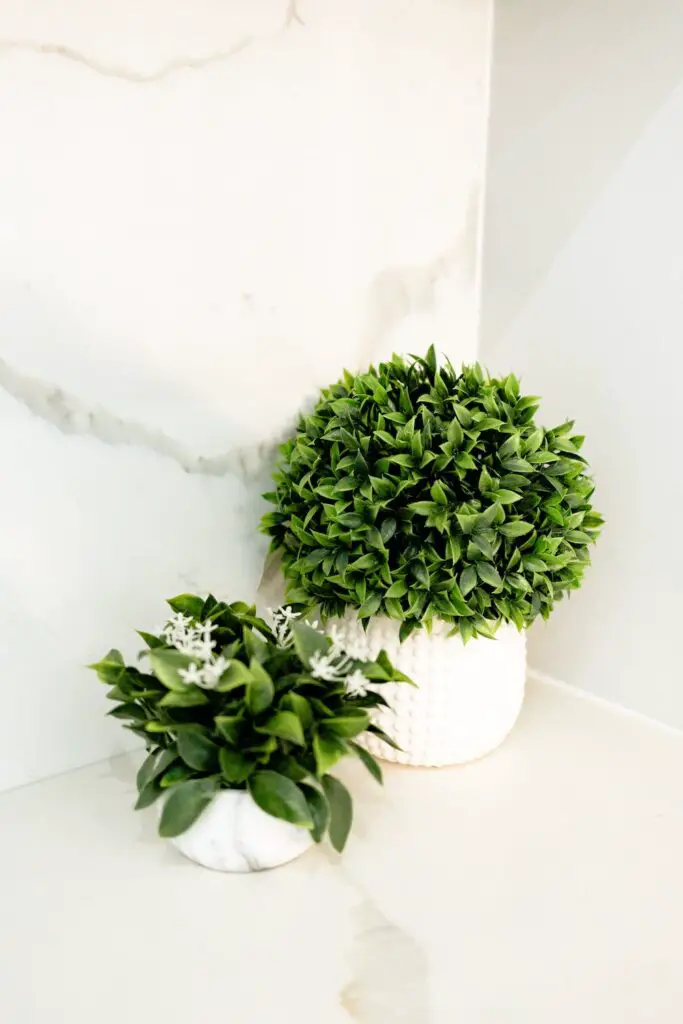
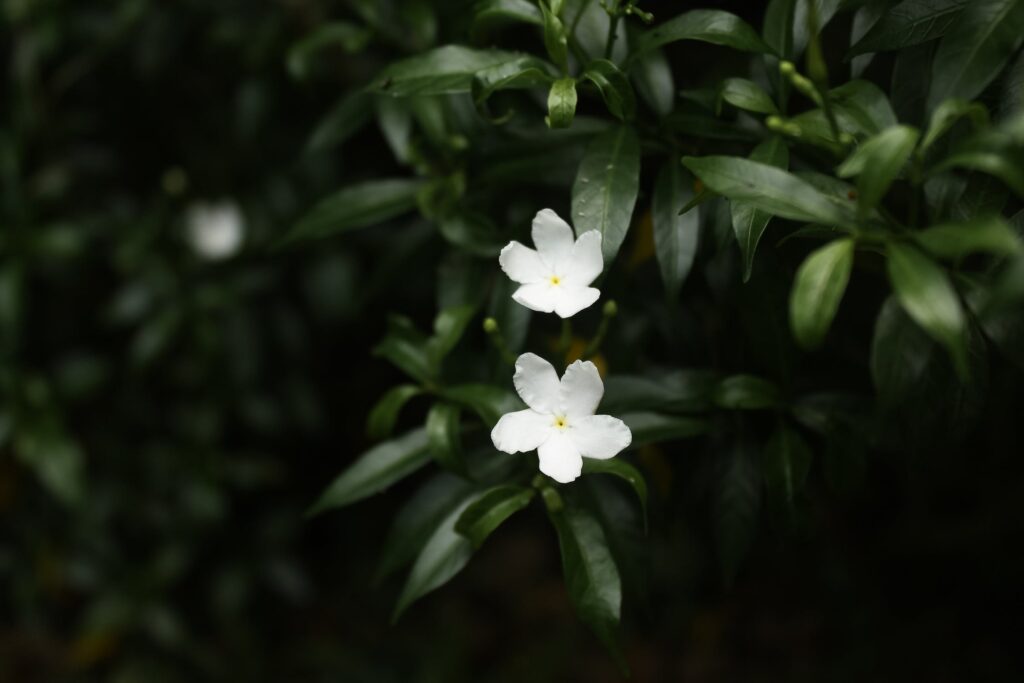
Table of Contents
Ideal Conditions for Growing Jasmine Plants Indoors
Jasmine plants are tropical plants, and as such, require warm, humid conditions to thrive. The ideal temperature range for jasmine plants is between 60-75°F (15-23°C). They prefer a consistent temperature throughout the day and night. Jasmine plant cannot grow in drafty areas or in fluctuating temperatures, as this can damage the plant.
Jasmine plants also require bright, indirect sunlight. Direct sunlight can be too intense for the delicate foliage of jasmine plants, causing it to scorch or dry out. If your jasmine plant is not receiving enough light, it may not bloom as much or may produce smaller flowers. Provide enough light to your jasmine plant and place it near a south-facing window, in order to receive enough light. Use artificial lights to supplement natural light, especially during the winter months, when natural light is limited.
Types of Jasmine plants that you can grow indoors
There are several types of jasmine plants can be grown indoors. They each present with its own unique characteristics. The Arabian jasmine (Jasminum sambac), which is sweet, exotic scent and delicate white flowers. The Winter jasmine (Jasminum nudiflorum), which blooms in the winter months with bright yellow flowers. The Star jasmine (Trachelospermum jasminoides), which features white or pink star-shaped flowers and a sweet, musky fragrance. Other varieties of indoor jasmine plants include the Madagascar jasmine (Stephanotis floribunda), which has waxy, trumpet-shaped flowers. The Carolina jasmine (Gelsemium sempervirens), another plant which features bright yellow, trumpet-shaped flowers and a sweet scent.

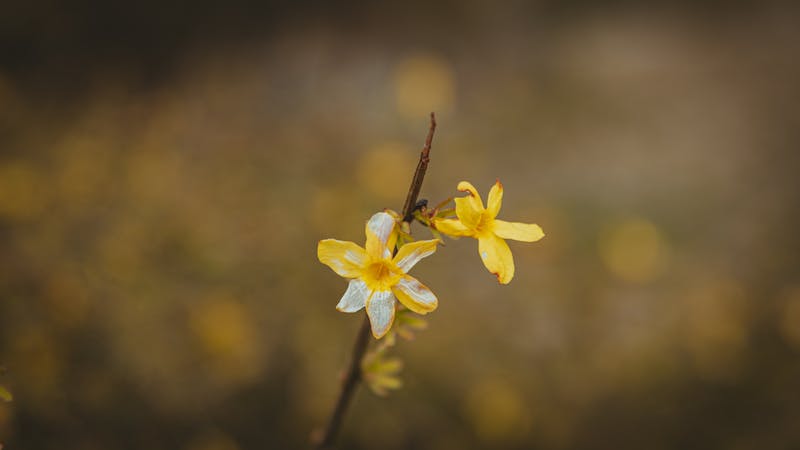
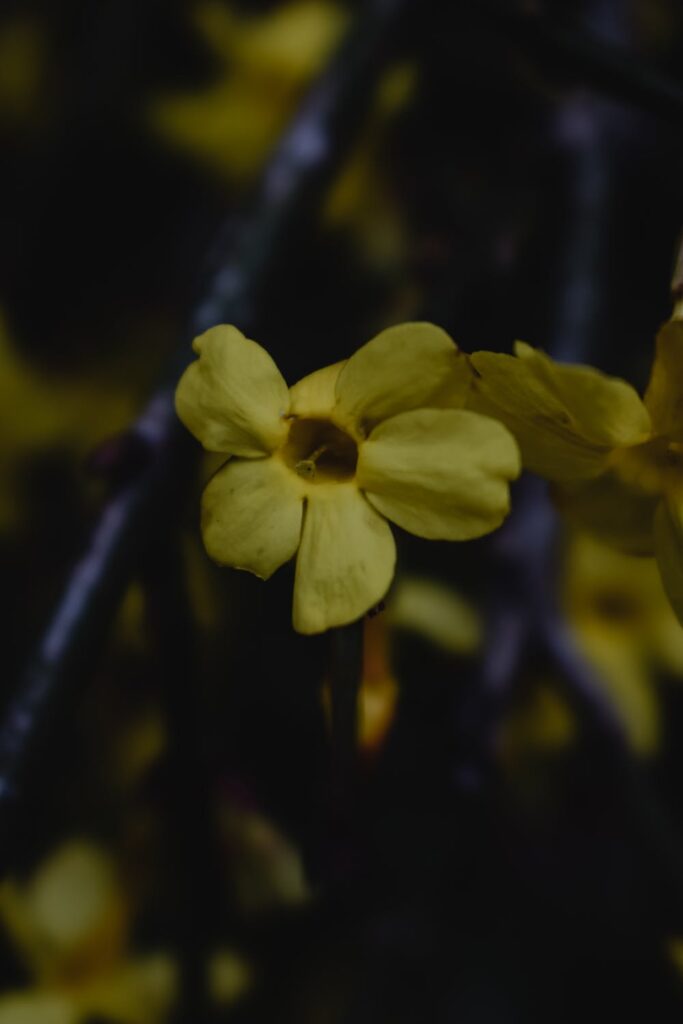
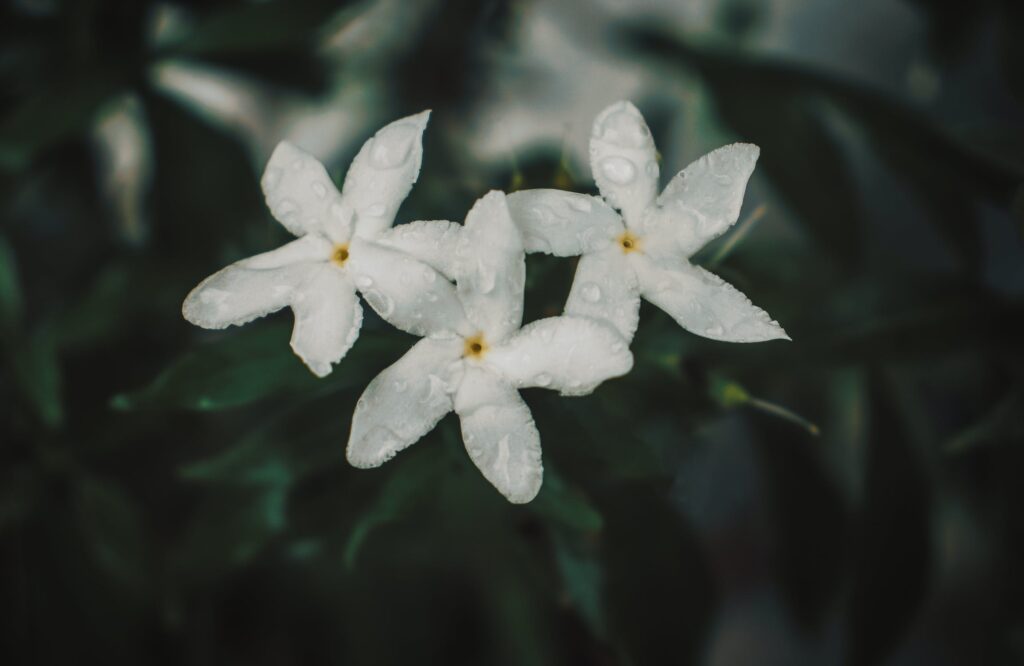
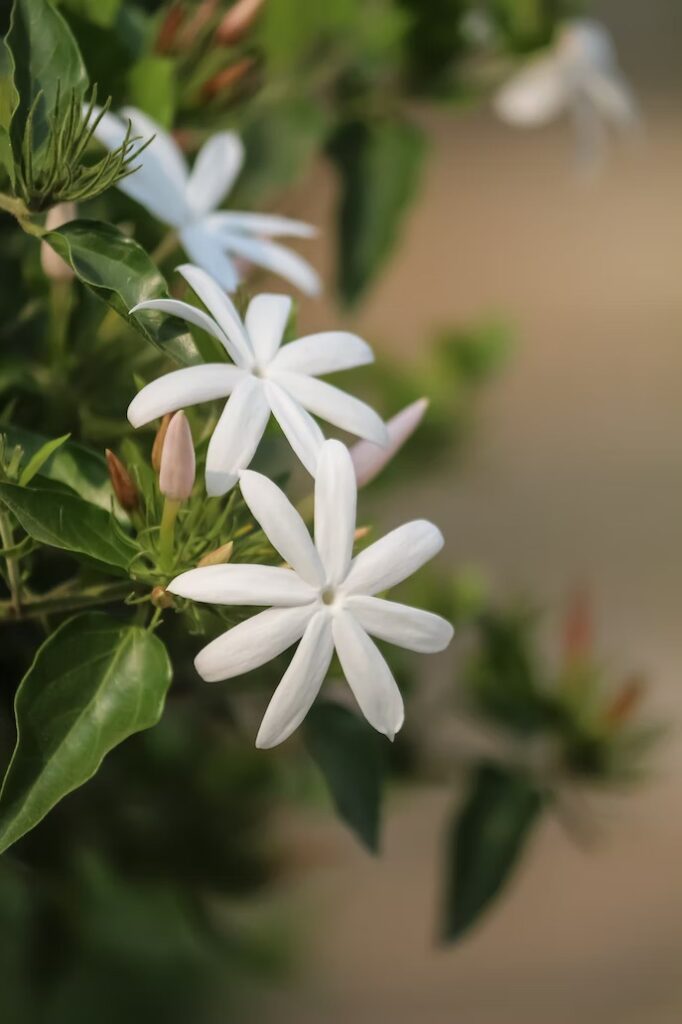
Caring for your indoor Jasmine Plant
You can care for your indoor jasmine plant by following the below suggestions:
Watering and fertilising: Jasmine plants prefer consistently moist soil but can quickly become waterlogged if overwatered. Water your plant when the soil is dry, but do. not overwater or water too frequently. During winter indoor heating can cause the air to become dry, you may need to water your plant more often. Use a balanced fertiliser every two to three weeks during the growing season (spring and summer) to encourage healthy growth and blooming. Be sure to follow the manufacturer’s instructions for proper dilution and application, as over-fertilising can harm your plant.
Repotting, pruning and support: Jasmine plants need to be repotted every year or two whenever they outgrow their container. Use a well-draining potting mix and a container that is slightly larger than the current one. These plants can grow quickly, and pruning is necessary to keep them under control.
Prune your plant in the spring or summer to remove any dead or damaged growth and to shape the plant. Jasmine plants can grow tall and leggy, so it’s important to provide support for the stems. Use a trellis or stake to help the plant grow upright and prevent it from falling over.
Pests: Common pests that can affect jasmine plants include spider mites, whiteflies, and scale insects. Regularly inspect your plant for signs of damage or pests. Treat any problems with an organic insecticide or insecticidal soap.
Humidity and winter care: Jasmine plants thrive in humid environments, therefore mist your plant regularly with a spray bottle. Alternatively, you can place a tray of water near the plant to increase humidity. In colder climates, jasmine plants may need to be moved indoors during the winter months. Keep the plant in a bright, warm room away from drafty windows or doors. Reduce watering during the winter months, but be sure not to let the soil completely dry out. With a little care and attention, your jasmine plant can be a stunning addition to your home décor.
Pollination
Jasmine plants are typically pollinated by bees and butterflies when growing outdoors. However, when grown indoors, they may not have access to these natural pollinators. To pollinate your indoor jasmine plant, use a small paintbrush or cotton swab to transfer pollen from one flower to another. Dab the brush or swab into the center of the flower to collect pollen, then transfer it to the center of another flower. The plants can be dabbed weekly during the blooming season to encourage fruit and seed production.
Conclusion
Growing jasmine plants indoors is a rewarding and relatively easy way to bring natural beauty and fragrance into your home. With proper care and attention, an indoor jasmine plant can provide you with years of enjoyment. With the right type of jasmine for your space and along with providing adequate light, water, nutrients, and pest control, you can create an ideal environment for your jasmine plant to thrive. Whether you’re a seasoned plant enthusiast or a beginner, consider adding a jasmine plant to your indoor garden and experience the joy of this beautiful and fragrant flowering plant.
